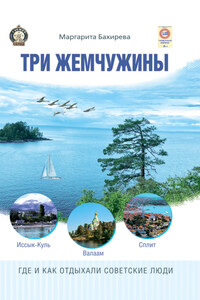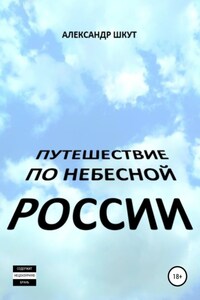Orkney
It begins where the road ends beside a farm. Empty sacking, silage breath, the car parked amongst oily puddles. The fields are bright after rain. Inside one puddle, a white plastic feed sack, crumpled, like a drowned moon. Then feet up on the car’s rear bumper, boots loosened and threaded, backpacks tightened. Wanting to rain: a sheen of rain, like the thought of rain, has settled on the car and made it gleam. When I bend to tie my boots I notice tiny beads of water quivering like mercury on the waxed leather. Eric is with me, who knows this valley intimately, who knows where the kestrel has its nest above the burn and where the short-eared owls hide their young amongst the heather. We leave the farm and start to walk along the track towards the swell of the moor.
Closer the fields look greasy and soft. The track begins to leak away from under us and soon the bog has smothered it completely. We are amongst peat hags and pools of amber water. Marsh orchids glow mauve and pink amongst the dark reed grass. The sky is heavy with geese: greylags, with their snowshoe gait, long thick necks snorkelling the heather. You do not think they could get airborne; they run across the moor beating at the air, nothing like a bird. And with a heave they are up, calling with the rigmarole of it all, stacking themselves in columns of three or four. They fly low over the moor, circling above us as if in a holding pattern. When a column of geese breaks the horizon it looks like a dust devil has spun up from the ground to whirl slowly down the valley towards us.
Late May on a hillside in Orkney; nowhere I would rather be. It is a place running with birds. Curlews with their rippling song and long delicate bills and the young short-eared owls keeking from their hideout in the heather. And all that heft and noise of goose. When the greylags leave, shepherding their young down off the moor, following the burns to the lowland lochs and brackish lagoons, then, surely, undetectably, the moor must inflate a little, breathing out after all that weight of goose has gone.
We find a path that cuts through a bank of deep heather. It leads up onto the moor and the horizon lifts. I can see the hills of Hoy with their wind-raked slopes of scree and the sea below with its waves like the patterns of the scree. This morning the sea is a livery dark, creased with white lines that map the movement of the swell. It looks as if the sea is full of cracks, splinters of ice.
Wherever you turn on Orkney the sea is at your back, linking the islands with its junctions of light. It is not enough that the islands are already so scattered. The sea is always gnawing at them, looking for avenues to open up, fractures in the rock to prise apart. The sea up here has myriad ways to breach the land. It showers the western cliffs with its salty mists and peoples the thin soils with its kin: creeping willow, eyebright, sea thrift, sea plantain, all plants that love the sea’s breath on them.
It is a trickster sea that comes ashore with subterfuge. Orkney children once made imaginary farms with scallop shells for sheep, gaper shells for pigs, as if the sea, like a toymaker, had carved each shell and left it on the shore, waiting for a passing child. And at night selchies dock in the deep geos and patter ashore in their wet skins to slip amongst the dozing kye.








